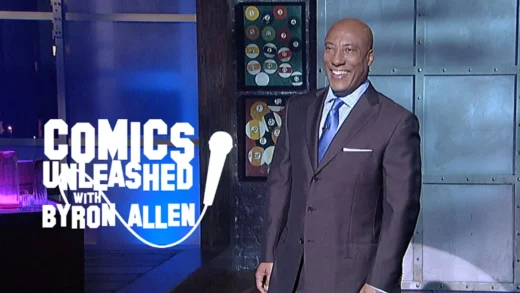Much has been made of the way the writers of Breaking Bad — which debuted to modest ratings on January 20, 2008, before growing into one of the defining shows of its era — wrote themselves into corners, before improvising their way out.
They’d often get their protagonist, meth-cooking schoolteacher Walter White (played brilliantly by Bryan Cranston), into a seemingly impossible-to-resolve dilemma, and then reveal that he was far more devious than viewers had ever expected. It made him a compelling character to watch, even when he was growing more and more amoral, but it was also a lot of work for the show’s writers, who had to make his schemes seem completely unexpected yet also completely inevitable once you knew what they were. (Alan Sepinwall talked with Breaking Bad creator Vince Gilligan about this very writing process.)
And almost as much has been made of how Breaking Bad, despite being the heavily serialized journey of a man from mild-mannered teacher to crime boss, worked beautifully on an episode-to-episode level. Today’s serialized dramas seem to have learned all the wrong lessons from it, in fact, believing that knowing the big picture is more important than sweating the details.
Yet Breaking Bad wouldn’t have worked had it not found a way to perfectly balance those smaller, often improvised strokes against a big picture that felt perfectly plotted when you stepped back and took a look at it. How did it mesh these two seemingly contradictory qualities?
The answer is that Vince Gilligan and his writers had a plan — just in the broadest of strokes (famously expressed by Gilligan as “Mr. Chips turns into Scarface”). And they were able to realize that plan because they had an almost airtight understanding of story structure and how it works at both micro and macro levels. So let’s talk about William Shakespeare.
Five-act structure underlies both Shakespeare’s plays and many of your favorite TV shows
Most of the time when we talk about cinematic story structure, we’re talking about the three-act structure with a beginning, middle, and end, which looks something like this:
/cdn.vox-cdn.com/uploads/chorus_asset/file/3566182/threeact.0.png)
Many screenwriting students are taught three-act structure in this fashion — have a character climb a tree, throw rocks at them, then get them down from the tree. (This advice, popularized by screenwriting guru Syd Field, is commonly attributed to Mark Twain, though no one knows who actually said it first.)
(Excerpt) Read More at: Vox.com




